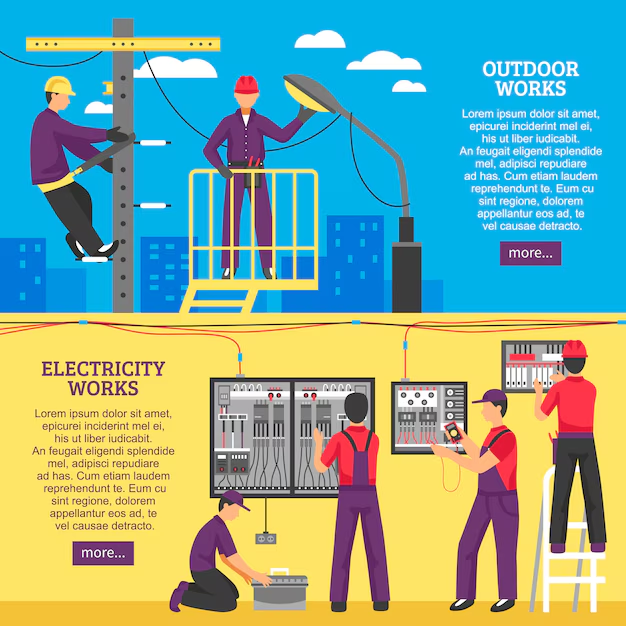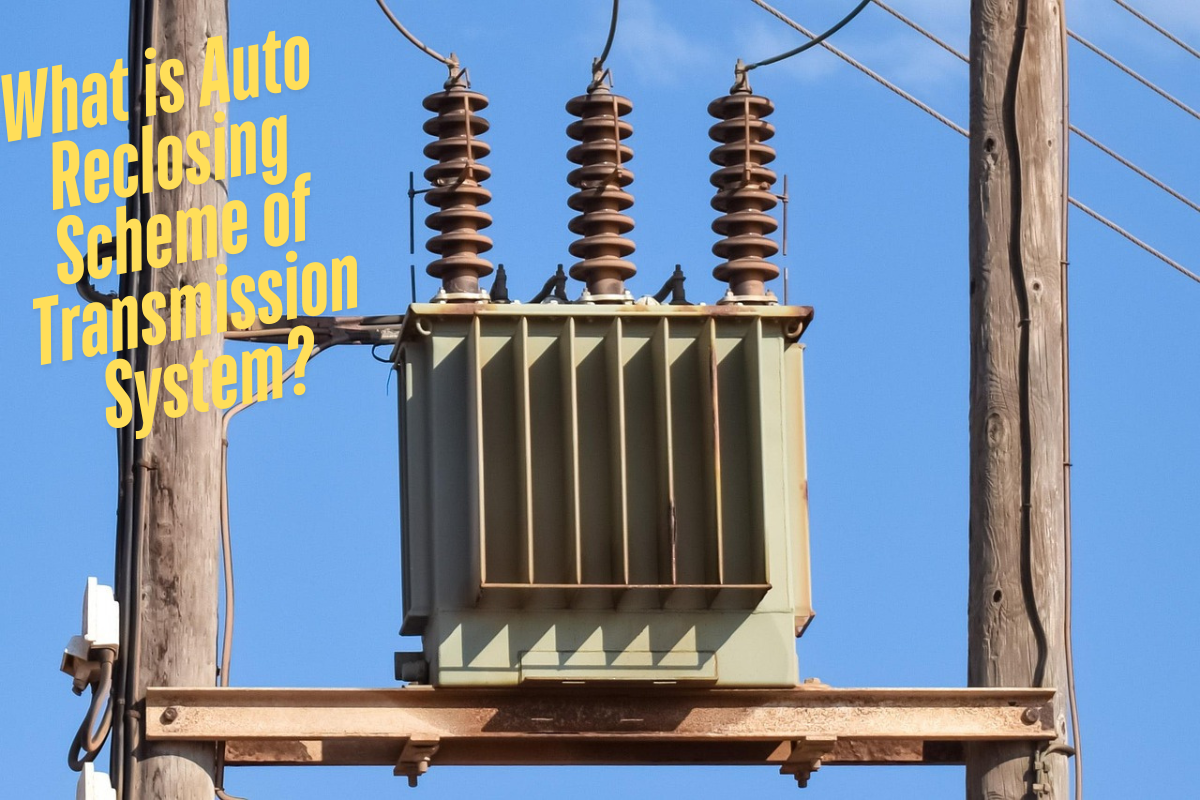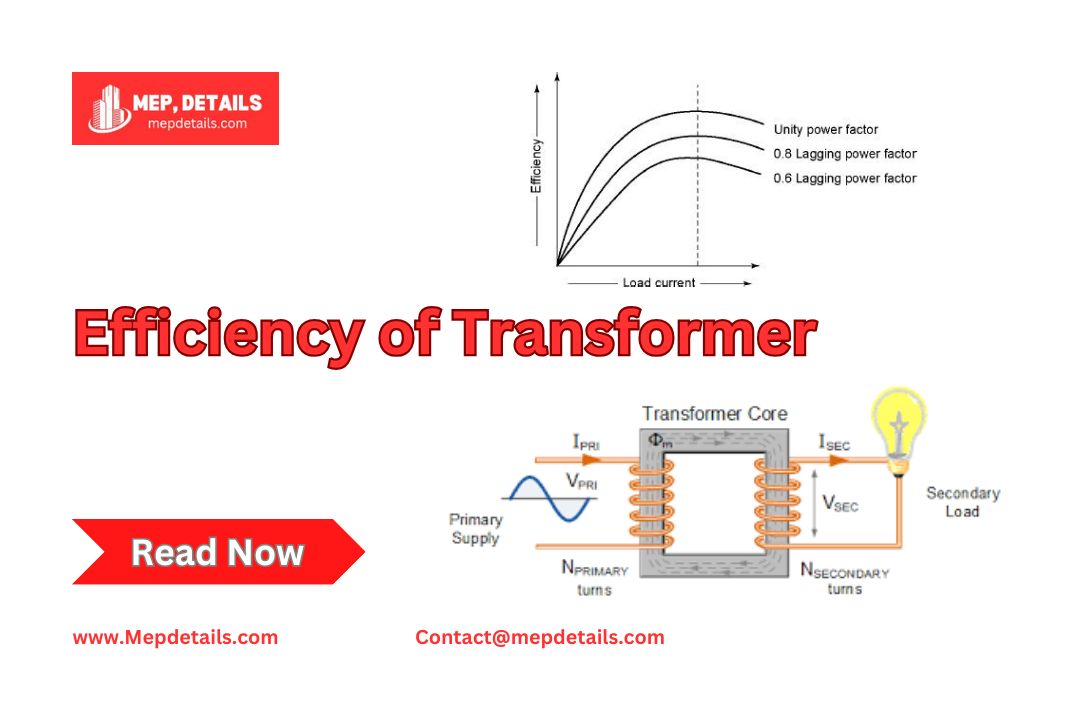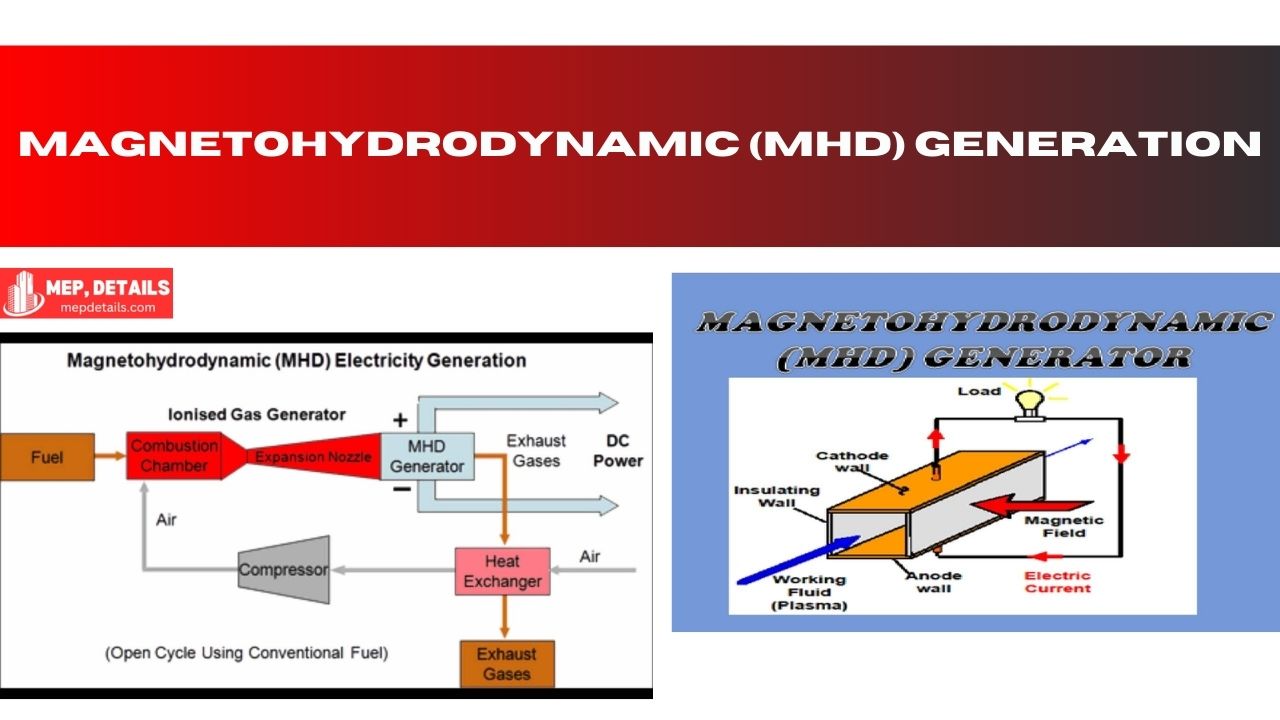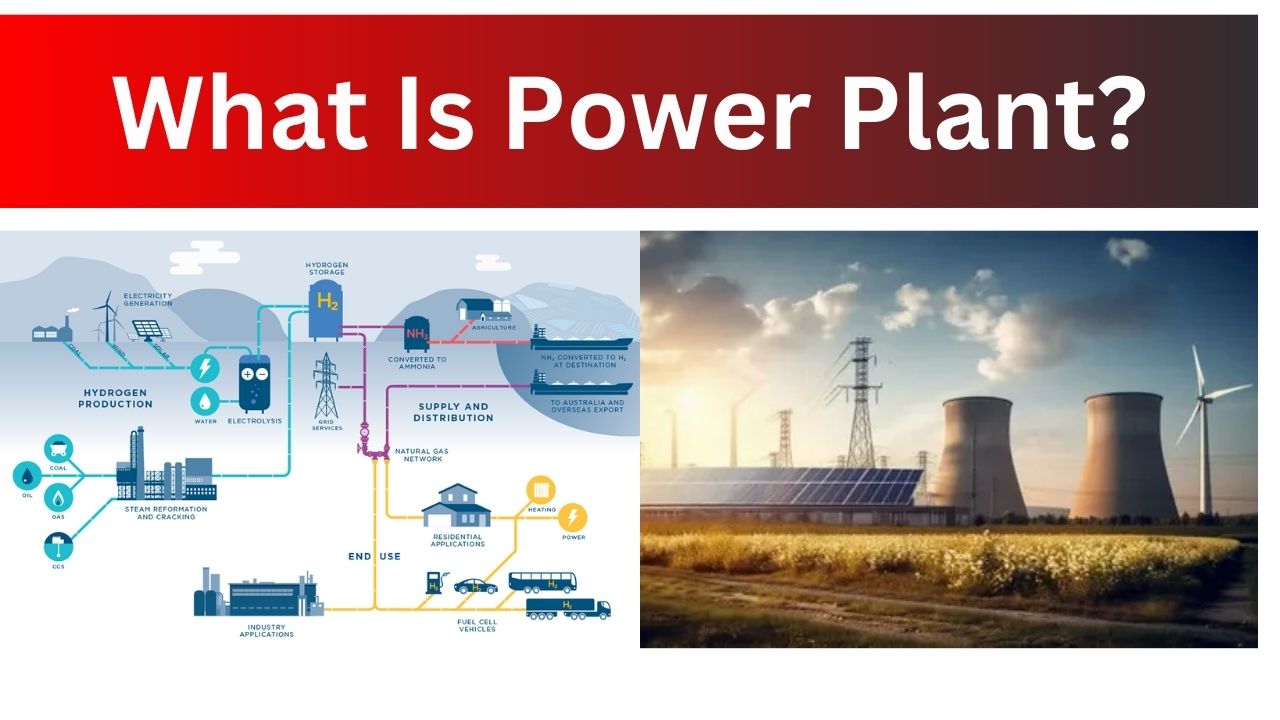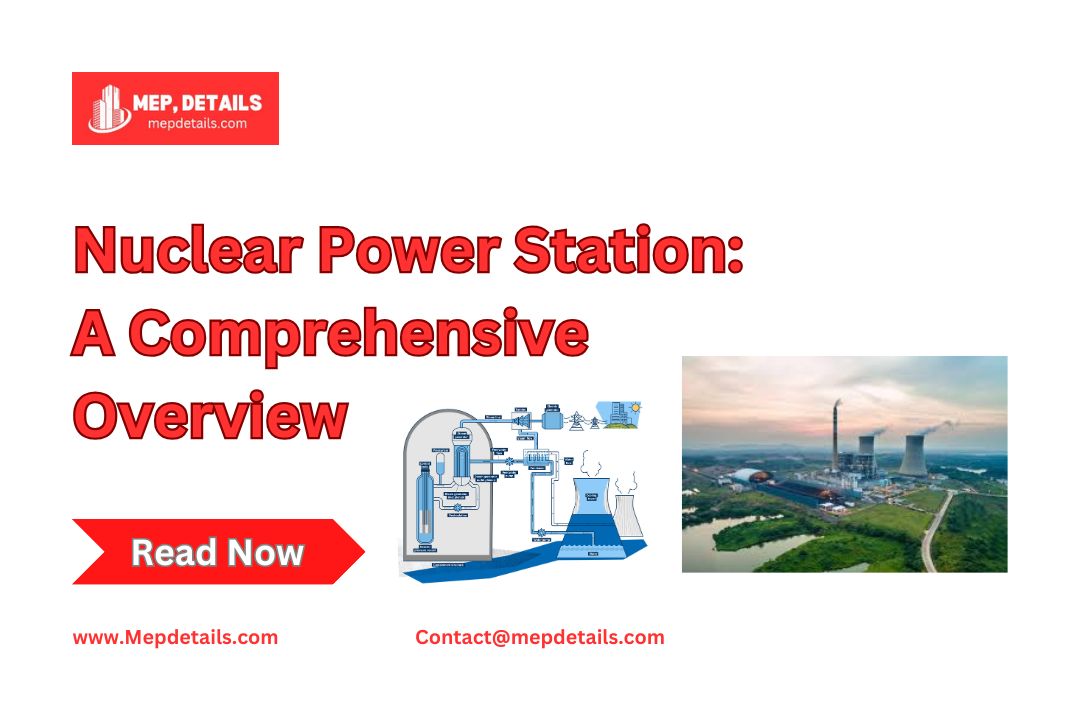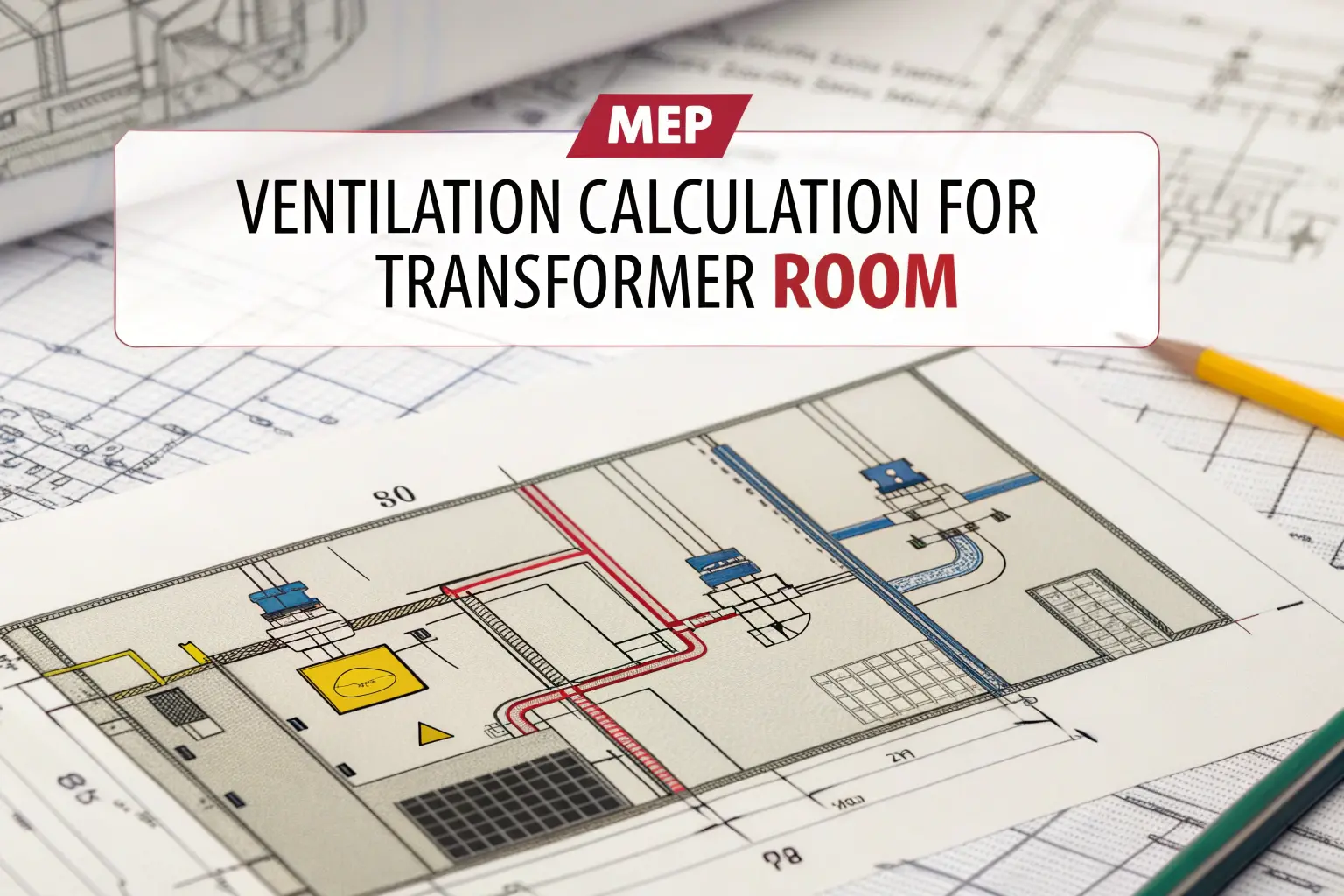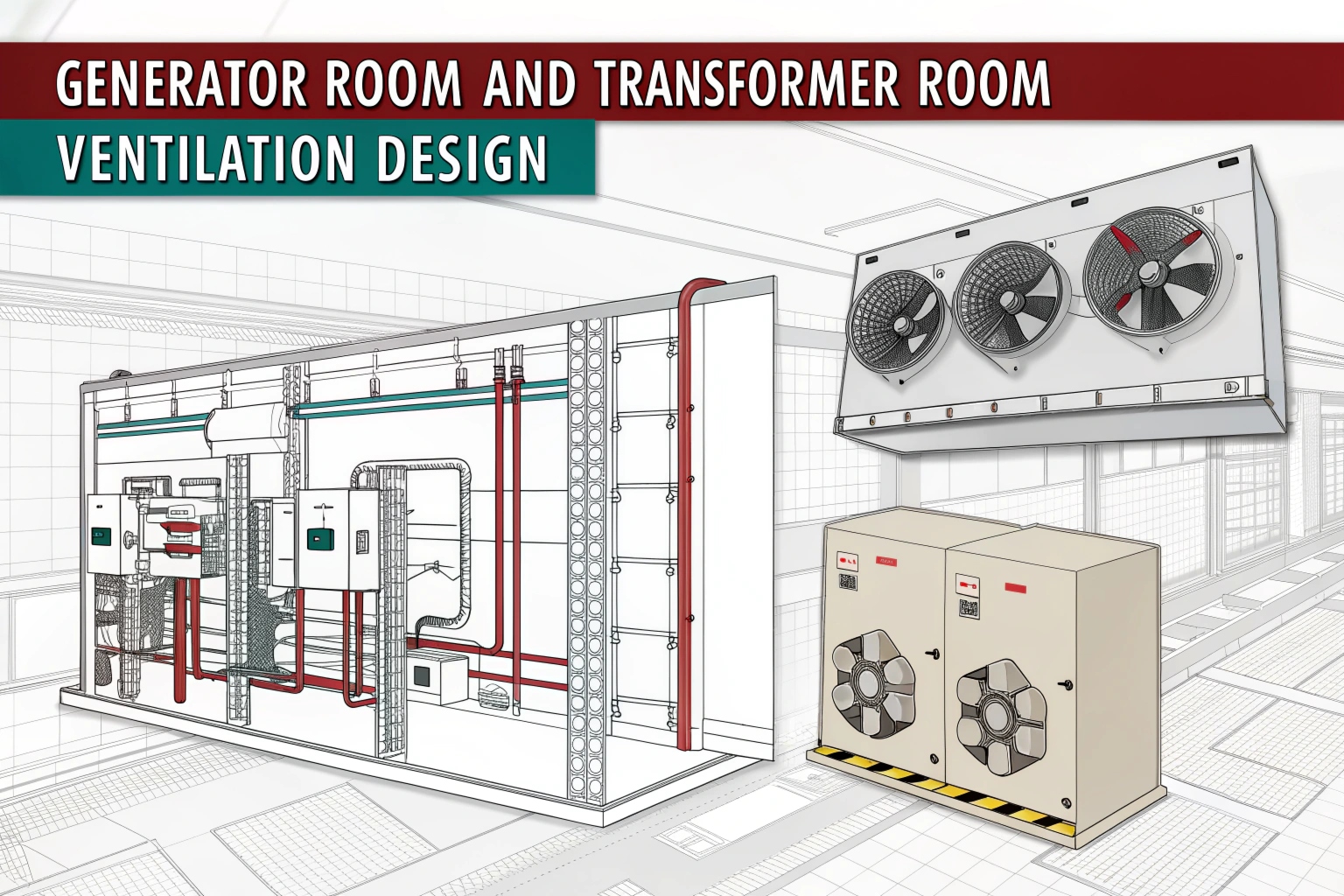ELECTRICAL
Casing Capping Wiring Guide
Introduction The traditional electrical wiring approach named Casing-capping wiring provides a safe foundation while showing an aesthetic appearance through its protective design. The wiring ...
How Electricity Works
Introduction Electricity stands as the most significant discovery in history. The worldwide distribution of electrical power enables our residential buildings, industrial facilities, and technological ...
Auto Reclosing Scheme of Transmission System: Working, Types, and Benefits
Introduction Reliability and continuity of services are essential in modern power transmission networks. The Auto Reclosing Scheme is one of the best techniques for ...
Efficiency of Transformer
Transformer efficiency is a key factor to consider when choosing a transformer. It shows how well a transformer converts electrical energy with minimal losses. ...
MHD Generation: Revolutionizing Energy Production
MHD generation converts hot and moving gaseous or liquid substances in a magnetic field into electricity. This application is considered revolutionary since it delivers ...
Static Kramer Drive: Working, Construction, and Characteristics
The Static Kramer Drive controls the speed of an induction motor by injecting opposite-phase voltage into the rotor circuit. This injected voltage increases the ...
Power Plant: Types, and Their Role in Modern Energy Production
A power plant is an office that makes power to control homes and organizations. It turns energy sources like coal, water, or daylight into ...
Cogeneration: How It Works and Its Key Benefits
Cogeneration is an energy system that combines heat and power generation to improve efficiency. It captures waste heat from electricity production and uses it ...
Electric Power Generation: An Overview
Electricity generation is essential for powering homes, industries, and all modern technologies. Different methods are used to produce electricity, each with its own advantages ...
Nuclear Power Station: A Comprehensive Overview
A nuclear power station (NPS), also called a nuclear power plant (NPP), generates electricity using heat from a nuclear reactor. Like other thermal power ...


